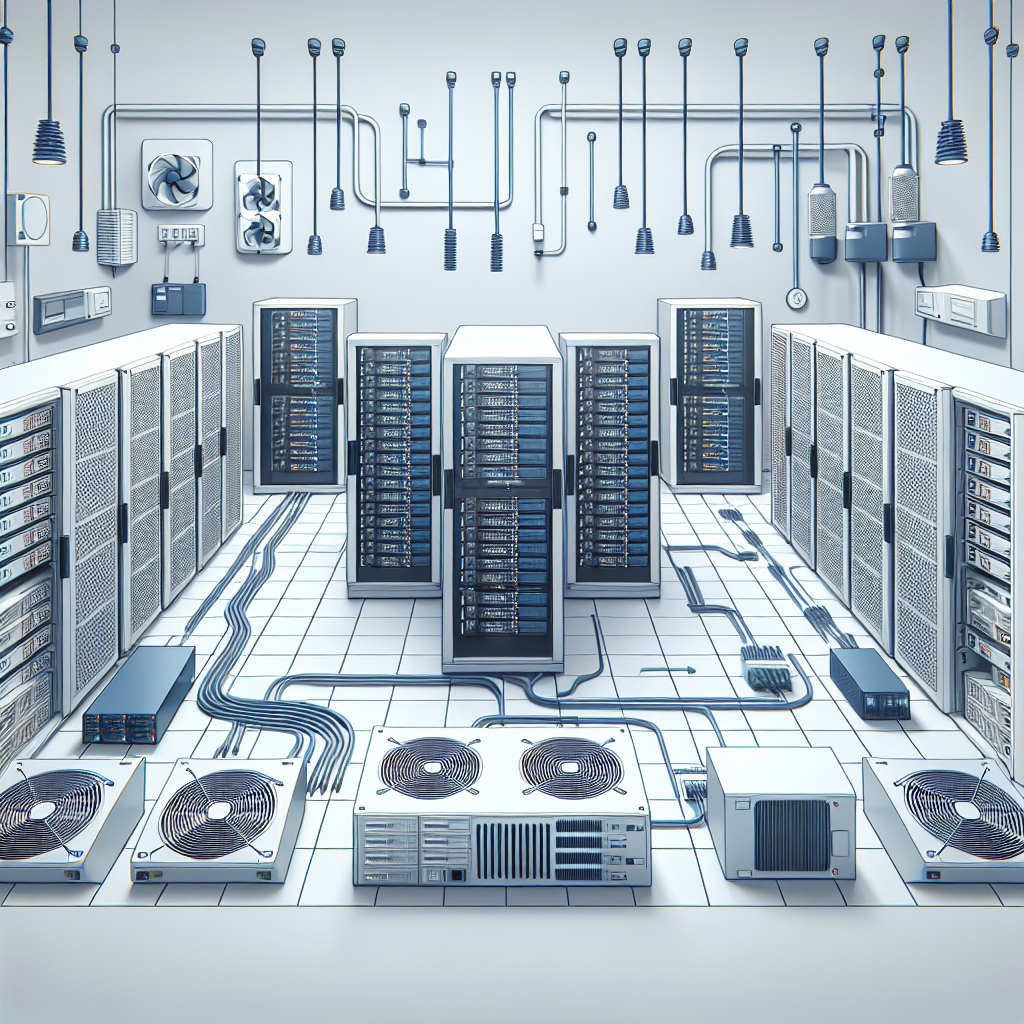Data Center Infrastructure: Understanding the Basics
In today’s digital age, data is king. Companies rely on data for everything from making business decisions to connecting with customers. With the increasing amount of data being generated, stored, and analyzed, the need for reliable and efficient data centers has never been more important.
At the heart of every data center is its infrastructure. This refers to the physical and virtual components that make up the facility, from servers and storage devices to networking equipment and cooling systems. Understanding the basics of data center infrastructure is crucial for ensuring that your organization’s data remains secure, accessible, and reliable.
Servers are the workhorses of a data center, responsible for processing and storing data. They come in various shapes and sizes, from rack-mounted servers that can be stacked on top of each other to blade servers that are housed in a single chassis. Storage devices, such as hard drives and solid-state drives, are used to store data and ensure that it is easily accessible when needed.
Networking equipment, such as switches and routers, are used to connect servers and storage devices together, allowing them to communicate and share data. Cooling systems are essential for keeping the data center’s temperature at an optimal level, as overheating can cause equipment to malfunction and lead to data loss.
In addition to the physical components, data center infrastructure also includes virtual elements, such as virtualization software and cloud computing platforms. Virtualization allows multiple virtual servers to run on a single physical server, maximizing efficiency and reducing costs. Cloud computing enables organizations to access computing resources over the internet, eliminating the need for on-premise hardware and reducing maintenance costs.
Security is another key aspect of data center infrastructure. Protecting data from unauthorized access and cyber threats is essential for maintaining the integrity and confidentiality of sensitive information. This includes implementing firewalls, encryption, and access controls to prevent data breaches and ensure compliance with data protection regulations.
As data centers continue to evolve and grow in complexity, understanding the basics of data center infrastructure is essential for organizations looking to harness the power of data. By investing in reliable and efficient infrastructure, businesses can ensure that their data remains secure, accessible, and reliable, enabling them to make informed decisions and stay ahead of the competition.


